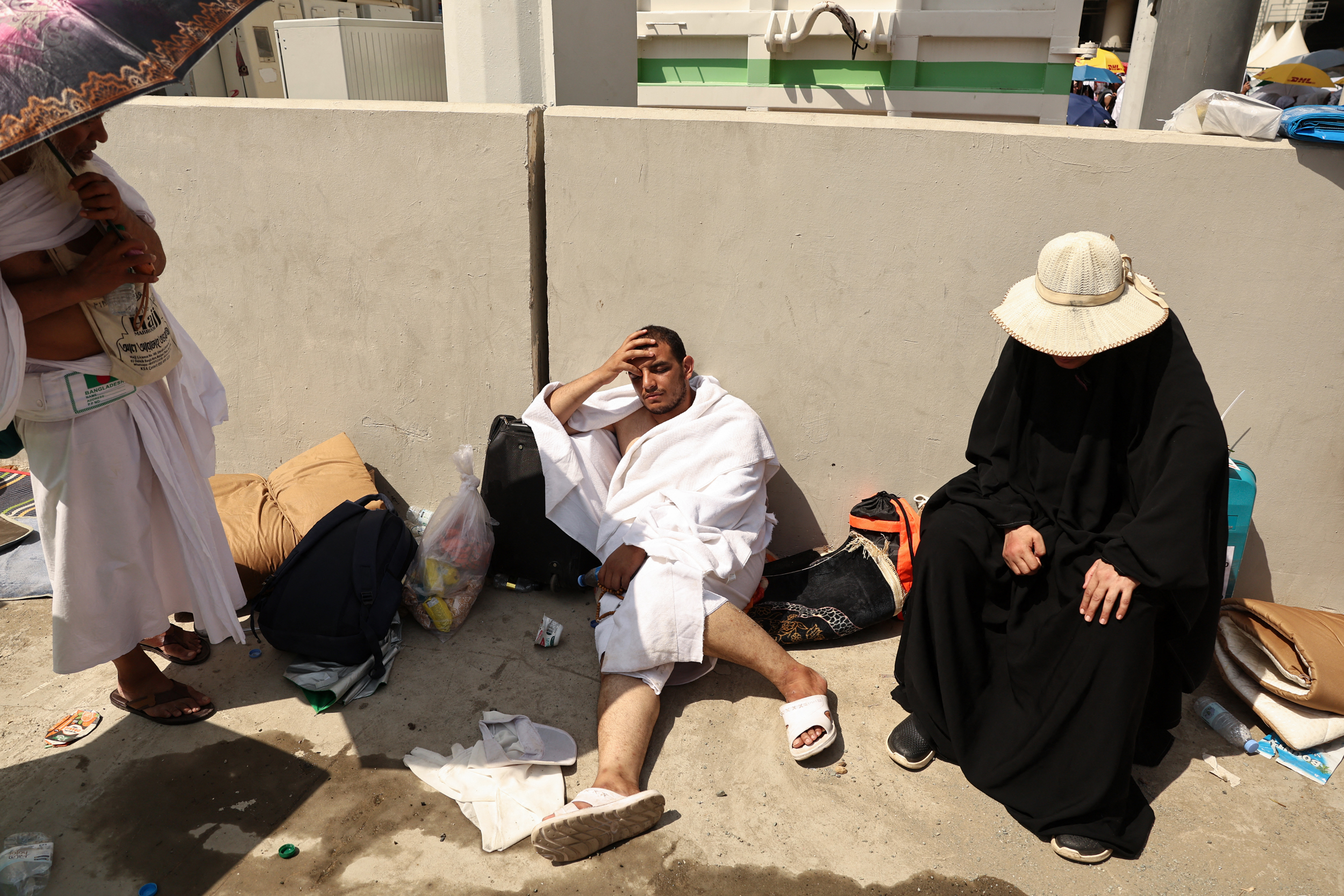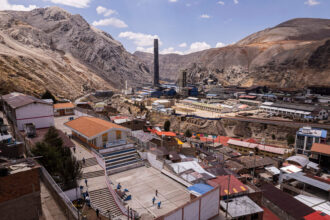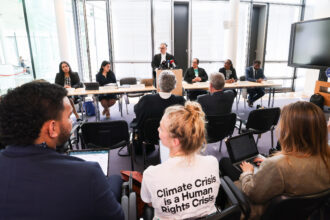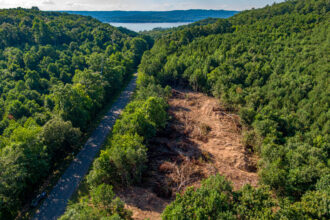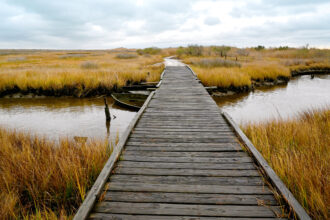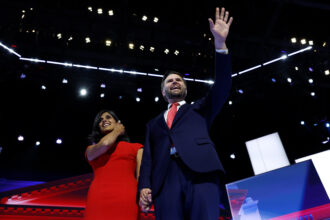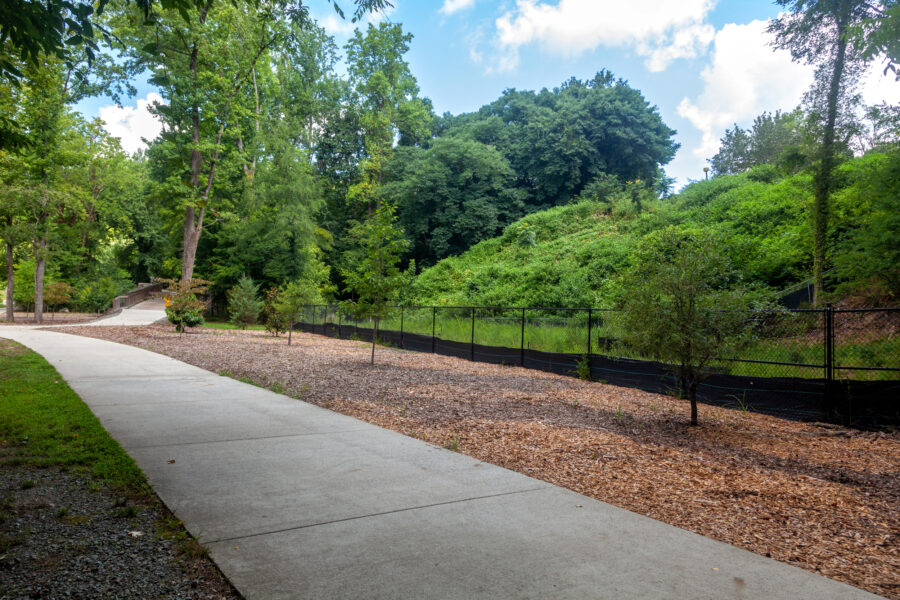When scorching temperatures rocked the East Coast last month, heat-related emergency room visits in New York City soared 600 percent compared to average June figures. At the same time, heat took the lives of 1,300 Hajj pilgrims visiting Mecca. And in recent weeks, high temperatures have caused hundreds more deaths in Asia, Europe, Mexico and Egypt.
June was not an aberration.
NASA and European scientists last month confirmed that throughout the preceding year, Earth experienced record high temperatures that, on average, breached the 1.5 degree Celsius target of the Paris Agreement. In at least one meta study from 2021, scientists said 37 percent of heat-related deaths can reliably be attributed to human-caused climate change.
Fatal heat is only one of the ways that climate change is, here and now, affecting the lives of billions of people around the world. More intense storms, prolonged droughts, flooding and slow onset events like sea level rise are also impacting humans on all continents.
As climate impacts speed up, understanding the toll they’re having on basic human rights—including the rights to life and health—is imperative for making public policy and providing redress for harms, legal experts say.
The field of human rights and climate change is, much like the climate crisis itself, complex. Not all people are similarly affected.
June’s heat may have been a blip on the radar of people with continual access to air conditioning. Not so for construction workers, landscapers and people experiencing poverty or homelessness, all at high risk of heat-related illness or death. And while city-dwellers might shrug at the extinction of over one-third of Earth’s plants and animals, which is partially driven by climate change, that prospect portends the loss of culture and ancestral ways of life for many nature-dependent communities. Meanwhile, people living in land-locked countries may not feel the direct effects of sea level rise, but women in Bangladesh’s low-lying coastal areas do—salt water intrusion is forcing them to walk further to gather fresh water, heightening the risk of being assaulted.
The myriad ways that climate change is intersecting with existing risks to vulnerable populations is one of the subjects of a new United Nations human rights report, released in June.
The 19-page report by the U.N. special rapporteur on human rights and climate change, Elisa Morgera, itemizes the efforts made by experts in poverty, health, Indigenous peoples’ rights, finance and the environment on understanding how climate change is affecting the human rights of people around the world.
The document will also serve as a roadmap for Morgera, who took over as the special rapporteur in May. Morgera, a Scotland-based law professor at the University of Strathclyde, is only the second person to hold the position, created in 2021 following calls from climate-vulnerable small island states and advocacy groups. Special rapporteurs are experts appointed by the U.N. Human Rights Council on thematic or regional areas. They are tasked with helping governments understand their human rights obligations and raising global awareness on particular issues by writing reports, visiting countries and filing briefs intended to help judges decide court cases.
Morgera, originally from Trieste, Italy, has worked with various U.N. agencies and bodies, including the Food and Agriculture Organization, Development Program, Environmental Program and the Secretariat of the Convention on Biological Diversity. She teaches law at the University of Strathclyde in Scotland.
Inside Climate News talked with Morgera about her new role. The conversation has been lightly edited for length and clarity.
How is it that climate change has become a leading human rights concern?
For quite some time now, we’ve had a public debate on climate justice. There has been growing recognition across different sectors of society about how climate change itself, its impacts and responses to it, are leading to injustices, and in some cases, human rights violations.
It’s been quite interesting to see how, relatively quickly, human rights were included in international climate change law with a reference in the preamble of the Paris agreement. That is significant legally, politically and symbolically. But in and of itself, it is not enough to change how decisions are made to ensure we are systematically thinking through actual and potential human rights impacts. That is where we are doing work now to help governments understand their human rights obligations and the implications of their decision making when it comes to climate change.
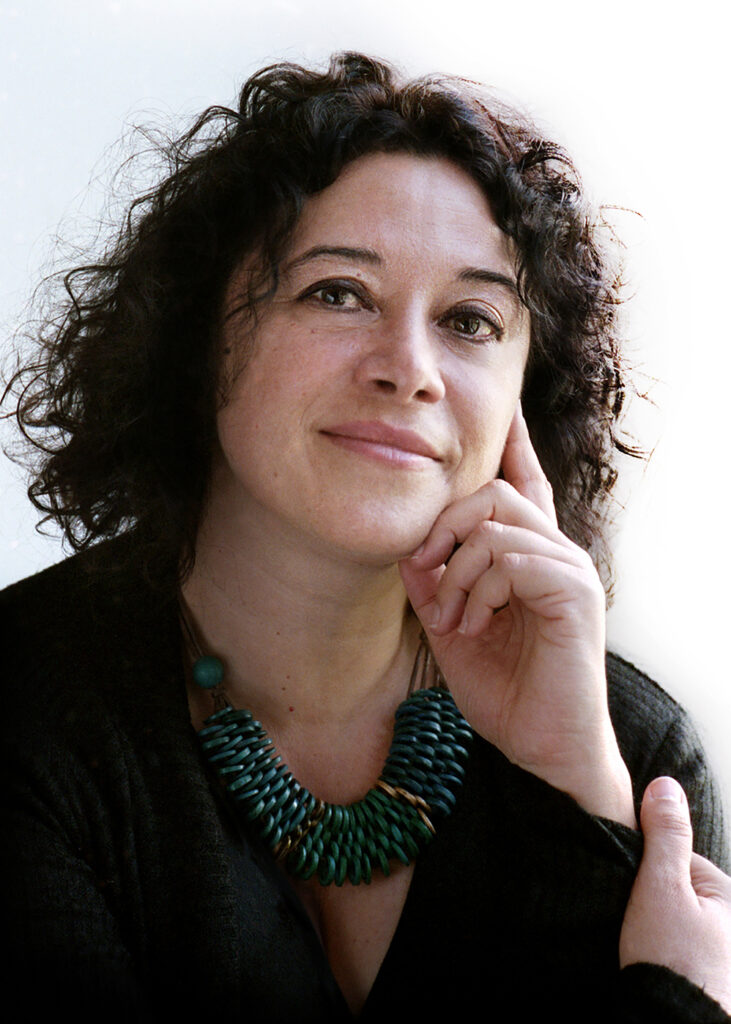
The world hasn’t been making progress on this fast enough. This is why, in the last year, we’ve seen three international tribunals being asked to clarify state obligations on climate change. In two of those requests for advisory opinions, the questions asked of the tribunals make specific reference to human rights. Even the international tribunal that was not asked specifically about human rights could not avoid mentioning the importance of its decision for human rights.
I think what’s really important is that we’re seeing a demand, a really crucial and urgent demand, for clarifying the minimum standard of conduct from states in making more effective progress on climate change. One of the reasons why I think we’re seeing this demand for clarification is because of the magnitude and the multiple facets of negative human rights impacts of climate change.
Just looking at sea level rise, it is impacting the populations of low-lying island states in terms of their access to food, access to housing, ability to maintain cultural practices and really maintain life as it is, and as they wish to have it for themselves.
You mentioned that responses and proposed solutions to climate change can have human rights implications. Can you give some examples?
There have been recent reports around technology-driven climate responses, and how those have not been developed with the participation of different sectors of society. And as a result, they have either led, or are very likely to lead, to biodiversity loss and negative impacts on humans.
There’s been a recent report by my colleague, the special rapporteur on toxics, where he examines the toxic impacts of some proposed climate change solutions like carbon capture and storage and mining for critical minerals and metals.
In a way, what this shows is that often we feel that human rights are an add-on request on top of trying to solve the climate crisis, but in fact what human rights do is illuminate a path towards sustainable, inclusive climate solutions that can really make sure we don’t leave anyone behind. Decarbonizing the economy is urgently necessary, but it cannot come at the expense of human rights and other environmental imperatives.
You mentioned that the connection between climate change and human rights is embedded into the Paris Agreement’s preamble. How is this manifesting in governance at the national level? Are there any trends that you’ve noticed?
That is a very difficult assessment because to get a sense of whether progress is being made, one has to have eyes on both the international and national levels. And, because the human rights dimensions of climate change are multiple, there is a lot to unpack. I think it’s very difficult to really have a clear sense of progress at this point in time.
That said, I also think climate negotiations, internationally and nationally, are very technical. And that in itself presents some barriers to making those areas open for public debate and for engaging different experts who might not be climate experts, but who might be human rights experts or biodiversity experts and may bring important pieces of the puzzle into the conversation. So there’s a certain element of a technical barrier to making climate change and human rights really as inclusive of a conversation as we wish it to be.
We still have a lot to learn from one another. We have a lot to understand about what climate law has achieved nationally and internationally, and what are the minimum standards and what are the practices that really make human rights a transformative process.
So there’s a lot of mutual learning that needs to happen for that conversation to be a really meaningful one. One thing I want to do with my mandate is to support that process of learning and understanding as much as we can from other areas of expertise. If we can find common ground, we can co-develop solutions that will be both effective for climate change and human rights.
When we try to solve problems in isolation from one another, we can have more negative impacts. I think the other way to look at this, the other side, is to think what opportunities we are missing by not bringing everyone to the table.
What do you mean by “bringing everyone to the table”?
One example is the inclusion of Indigenous peoples. We have more and more scientific evidence showing how Indigenous knowledge systems and other local knowledge systems can help unlock solutions to our collective problems.
Unfortunately, Western science, as much as it has brought major benefits, has also brought us into the current predicament where we’re struggling to find a way to think across different areas and really think in terms of the whole health of the planet and human beings as part of the planet.
So Indigenous knowledge and local knowledge are areas that can complement Western science and improve our understanding of climate change and biodiversity. We should be asking about how we can open up our minds to seeing the problem and seeing the solutions differently and creating that space for co-developing.
The U.N. system has historically focused on the behavior of governments. But in the realm of climate change, more and more focus is being placed on the operations of private, transnational businesses. What are some issues you’re watching that are related to business, climate change and human rights?
We have had important developments in recognizing that businesses have a responsibility to respect human rights as they’re framed in international law, even if they are operating in a state that has lower standards of human rights protection. This has been a turning point.
It has been very difficult to get to this point, and it reveals a fundamental contradiction we have in international legal systems. There are certain areas of international law, like international investment law, which is constructed in ways that protect private interests over public interests.
In some ways, investment law has a better system of protection and enforcement than international environmental and human rights law. It is to the point where, when a government tries to make a decision to protect the human rights of its citizens or the environment, it may not have the leeway to do so, depending on the obligations the government has assumed under international investment law.
On top of that, governments from the Global North may not be able or willing to effectively regulate and monitor businesses under their control, but that are operating in the Global South, to ensure that they do not cause human rights violations.
I think that I will in my mandate, as will other organs of the U.N., work on adding further detail to explain the full extent of states’ obligations to regulate and monitor business sectors, including sectors that are the most responsible for climate change and negative human rights impacts.
At the same time, there’s a whole movement in civil society that is mobilizing around business responsibility to respect human rights, and to push businesses to reimagine ways they can operate while protecting human rights and making effective contributions to climate change mitigation and adaptation.
This story is funded by readers like you.
Our nonprofit newsroom provides award-winning climate coverage free of charge and advertising. We rely on donations from readers like you to keep going. Please donate now to support our work.
Donate NowPart of your mandate is to perform in-country visits and work with civil society. How can grassroots people and organizations get in touch with you and participate in your work?
There is a process called “submission of information” that is very open and very informal. Any member of the public can raise a concern or share evidence around human rights and climate change for me to consider.
It is an important way for me to receive inputs from the ground and understand new issues. Those communications can also help to mobilize other parts of the U.N. that may be of support.
As I write reports, I’ll also call for inputs and make those announcements on the mandate’s website. This is an open window for people to communicate if they feel their rights are at risk in relation to specific areas I am focusing on. I will also do several in-person and virtual consultations where people can raise issues that should be addressed in my mandate.
In addition, I can undertake in-country visits, and there are open “call for inputs” in preparation for these visits too. Any member of the public, as well as civil society and researchers, can share information and concerns that can be explored during these visits.
It’s important for everyone to think about how they are affected by climate change and to come forward with problems because it will take everyone’s effort to fully understand the whole scope of the problem and how we can find solutions.
About This Story
Perhaps you noticed: This story, like all the news we publish, is free to read. That’s because Inside Climate News is a 501c3 nonprofit organization. We do not charge a subscription fee, lock our news behind a paywall, or clutter our website with ads. We make our news on climate and the environment freely available to you and anyone who wants it.
That’s not all. We also share our news for free with scores of other media organizations around the country. Many of them can’t afford to do environmental journalism of their own. We’ve built bureaus from coast to coast to report local stories, collaborate with local newsrooms and co-publish articles so that this vital work is shared as widely as possible.
Two of us launched ICN in 2007. Six years later we earned a Pulitzer Prize for National Reporting, and now we run the oldest and largest dedicated climate newsroom in the nation. We tell the story in all its complexity. We hold polluters accountable. We expose environmental injustice. We debunk misinformation. We scrutinize solutions and inspire action.
Donations from readers like you fund every aspect of what we do. If you don’t already, will you support our ongoing work, our reporting on the biggest crisis facing our planet, and help us reach even more readers in more places?
Please take a moment to make a tax-deductible donation. Every one of them makes a difference.
Thank you,


